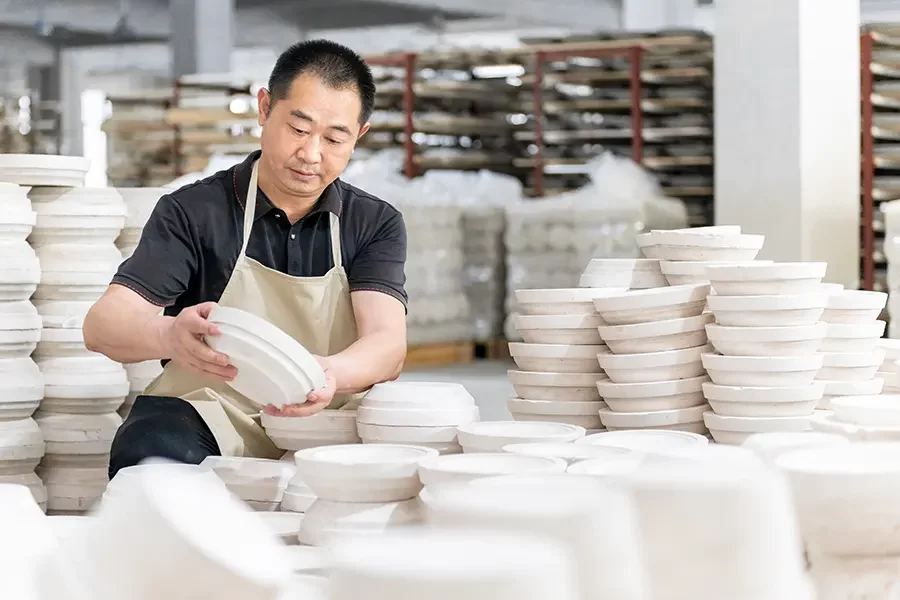Fertigungskapazitäten in Zahlen
Lassen Sie unsere beträchtlichen Produktionszahlen ein Beweis für unsere Stärke als zuverlässiger Hersteller von hochwertigem Porzellangeschirr sein.
Highlights im Herstellungsprozess
Erleben Sie aus erster Hand, wie PITO Porzellangeschirr herstellt, von der Rohstoffverarbeitung bis zum Brennen der fertigen Produkte.
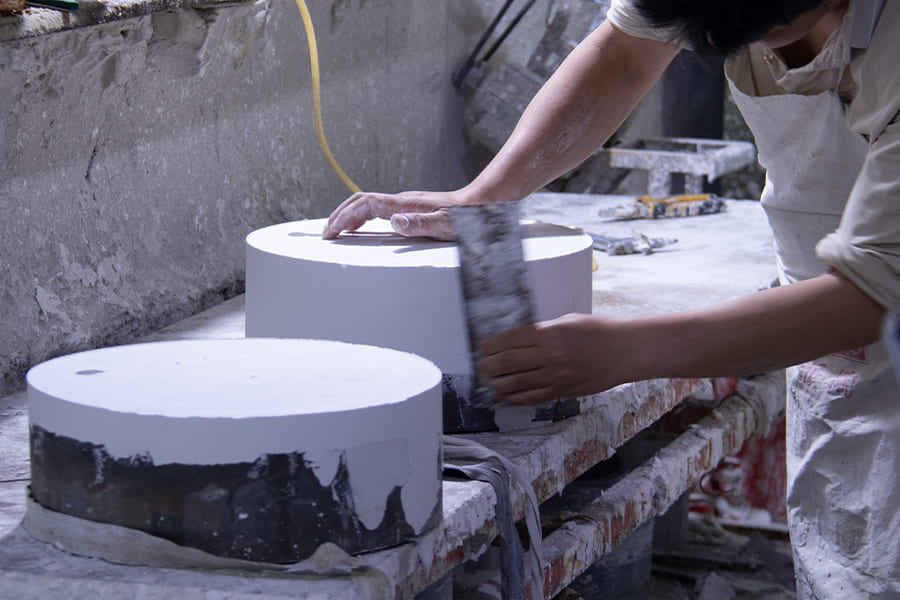
Machen Sie eine Form
Musterformen werden anhand von Skizzen erstellt, Gipsschnitzerei, Bildhauerei aus Ton, oder digitale Modellierung. Aus hochwertigem Gips werden dann die endgültigen Produktionsformen hergestellt.
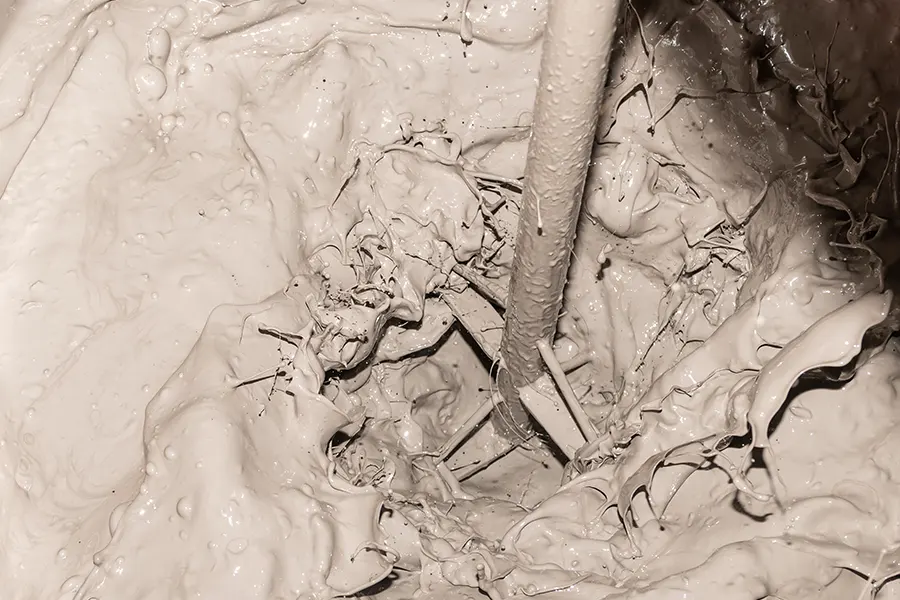
Schlamm verfeinern
Untersuchung des Rohmaterials – Chargenbildung – Mahlen - Eisenentfernungsfilter - je nach Form verwenden Sie unterschiedliche Schlammhaufen, die sich durch Dehydrierung bilden
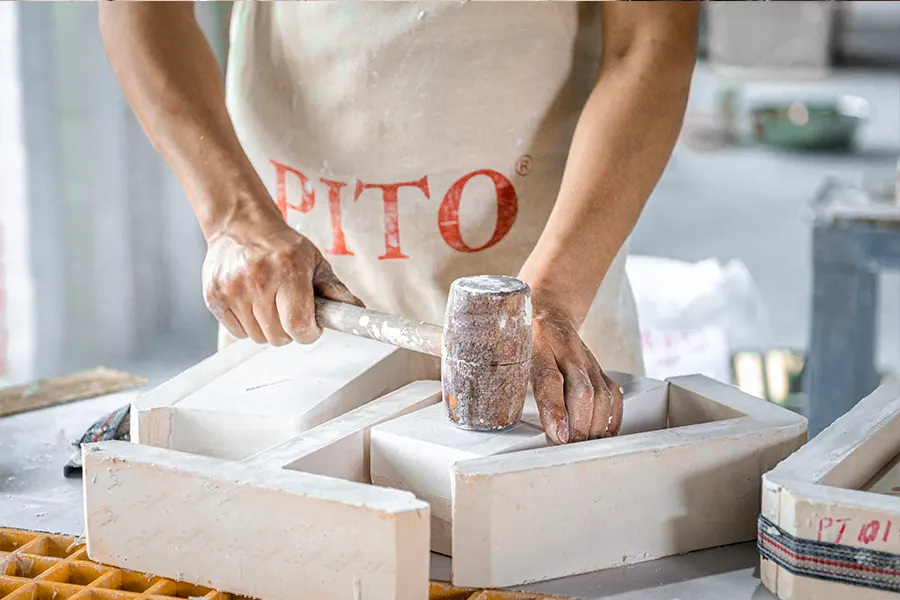
Formen
Es werden drei Methoden angewendet: Walzformen, Hochdruckumformung, Fugenformteil
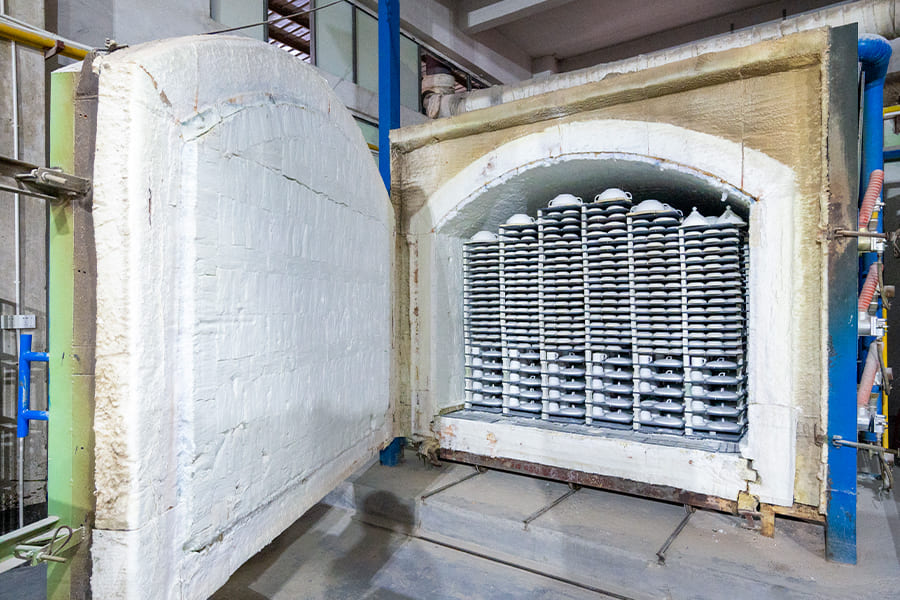
Biskuitbrand (Erstes Feuern)
Der Biskuitbrand erfolgt im Ofen bei Temperaturen zwischen 1300°C und 1320°C. Nach dem Schießen, Jeder Biskuitporzellankörper durchläuft eine strenge Qualitätskontrolle, und nur diejenigen, die den PITO-Standards entsprechen, werden für die nächste Stufe ausgewählt.
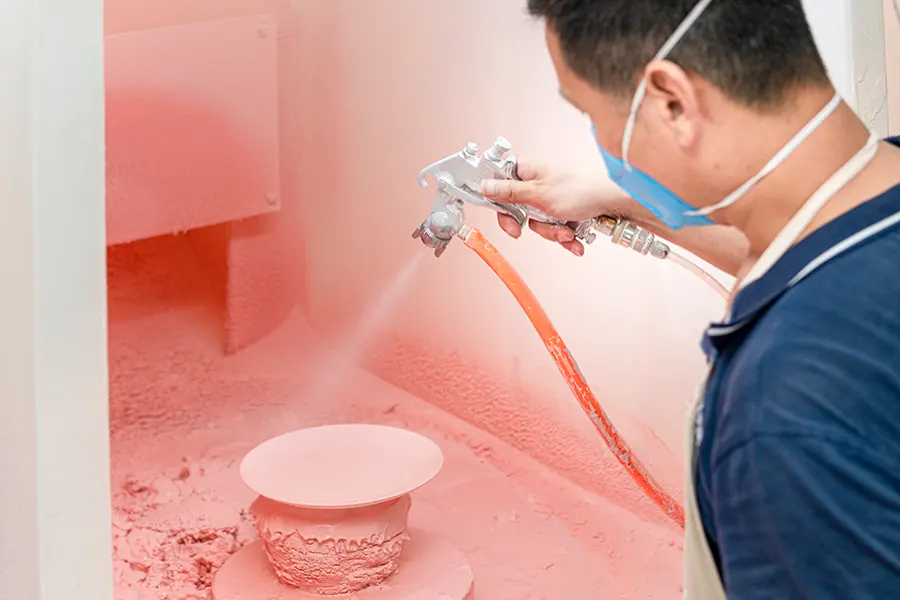
Verglasung
Vor dem Brennen des Porzellangeschirrs, Wir tragen jeweils eine Glasur auf, um für ein besonderes Finish zu sorgen. Wählen Sie je nach Produktform zwischen manuellem oder automatischem Sprühen. Mit einer Spritzpistole gleichmäßig aufsprühen.
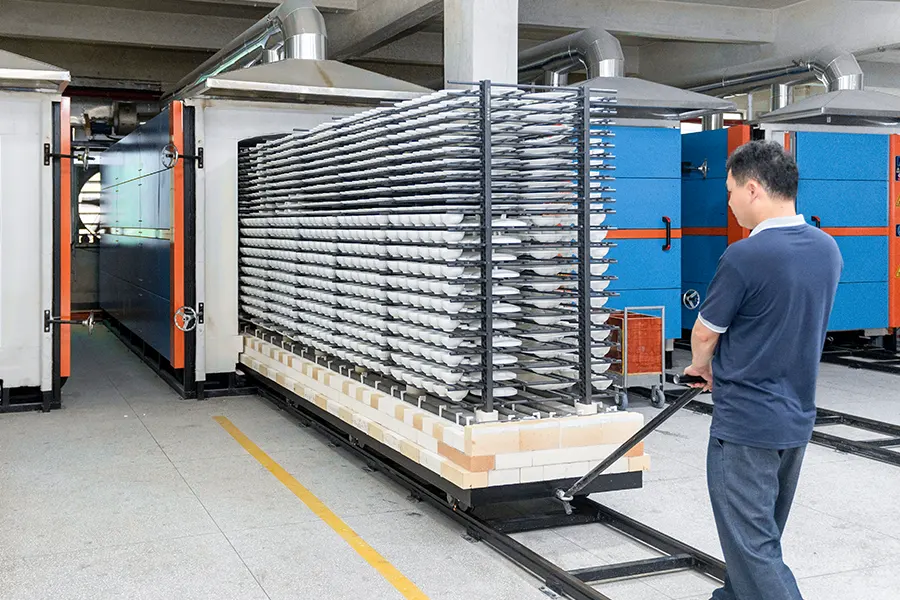
Glasur feuern (Zweites Schießen)
Anschließendes Abwischen der Füße, Die Biskuitporzellanstücke werden einem zweiten Brand unterzogen – dem Glasurbrand. Glasurbrandtemperatur bei 1280℃ für 8 Std..
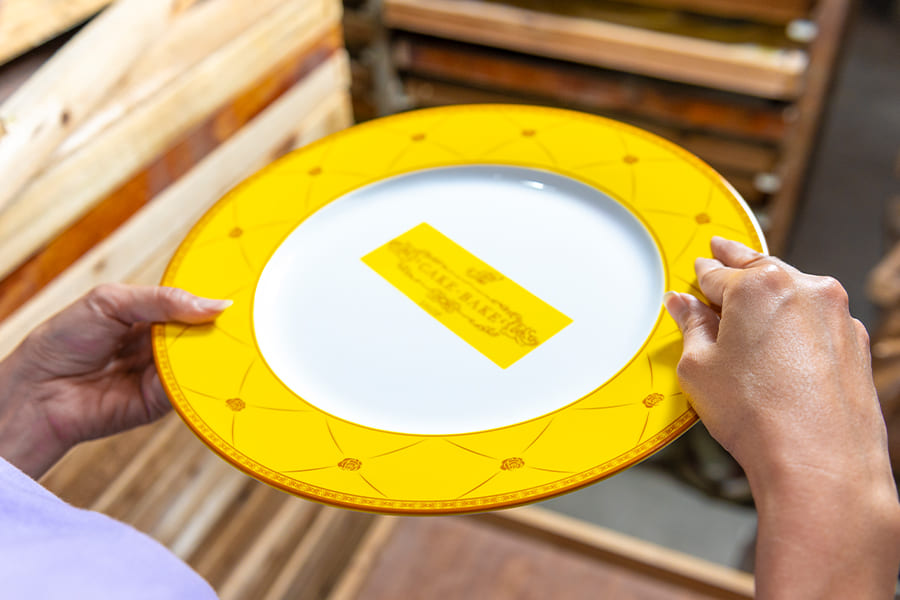
Applikationen
Entwickeln Sie ein Aufkleberdesign gemäß den Kundenanforderungen. Unterteilt in Aufglasur-Abziehbilder / glasierter Aufkleber/Unterglasuraufkleber. Betreten Sie dann den Ofen, um die Abziehbilder entsprechend der erforderlichen Temperatur zu brennen.
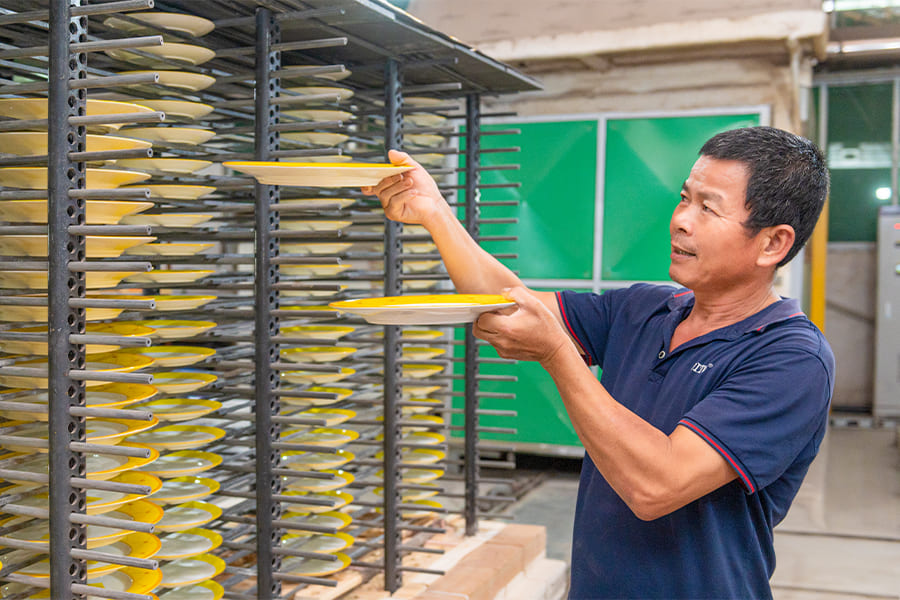
Abziehbildbrand
Passen Sie die Brenntemperatur des Aufklebers entsprechend der Abziehbildtemperatur am Computer an (Die Temperatur auf der Glasur beträgt 700-900 Grad). Es braucht 1 Tag, um die fertigen Aufkleberprodukte zu überprüfen
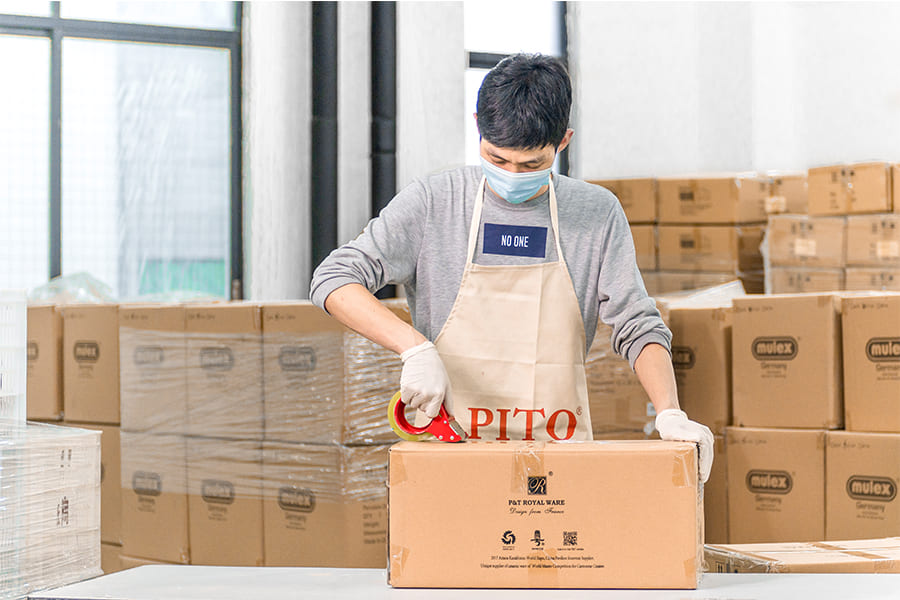
Überprüfen Sie die Details erneut, Verpackung, Versand
Verpackung und Versand nach Kundenwunsch (Verwenden Sie eine sichere Verpackung, da das Keramikprodukt zerbrechlich ist). Zu den Verpackungsmethoden gehört die Luftfrachtverpackung, Sperrholzregale, Sperrholzpaletten, Kunststoffpaletten, usw.

Ausgewählte Materialien
PITO versteht, dass unsere Produkte nur so gut sind wie die bei der Produktion verwendeten Materialien. Um die Qualität und Haltbarkeit des Porzellangeschirrs zu gewährleisten, Wir beziehen unsere Materialien aus den besten Quellen auf dem Markt, darunter Keramikglasuren aus Japan und flüssiges Gold aus Deutschland.
Strenge Qualitätskontrolle
Wir wenden während des gesamten Produktionsprozesses strenge Qualitätskontrollprotokolle an. Wird von einer speziellen Inspektionsabteilung mit Erfahrung von fünf bis zehn Jahren durchgeführt, Sie führen kontinuierliche Produkttests durch und senden Produkte auf Anfrage zur Anforderung von Testberichten an Drittlabore.
